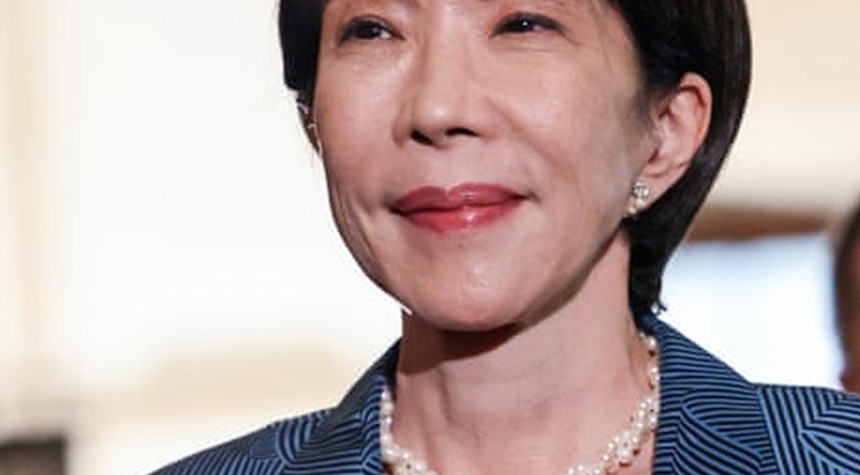In a landmark moment for Japanese politics, Conservative leader Sanae Takaichi has ascended to become Japan’s first female Prime Minister, though significant challenges await her historic administration from its very first day.
The achievement, while groundbreaking for a nation ranking consistently low in global gender equality metrics, comes at a critical juncture for Japan’s ruling Liberal Democratic Party (LDP). Takaichi inherits leadership of a party grappling with internal divisions, declining parliamentary influence, and the aftermath of a damaging funding scandal.
The new Prime Minister’s conservative credentials are clear, yet practical governance necessities have already forced pragmatic compromises. Most notably, following the departure of long-term coalition partner Komeito, Takaichi secured a crucial alliance with the Nippon Ishin party – a partnership that aligns on key conservative priorities including increased defense spending and constitutional reform.
However, this coalition presents its own challenges. Nippon Ishin’s demands for significant policy concessions, including a 10% reduction in lower house seats and a two-year suspension of food consumption tax, may prove contentious among LDP traditionalists. The political mathematics of maintaining this delicate alliance while implementing substantive reforms will test Takaichi’s leadership abilities.
Immediate challenges facing the administration include addressing Japan’s mounting cost-of-living crisis and navigating the contentious debate over immigration policy – a critical issue given Japan’s demographic decline. The administration must balance conservative principles with practical solutions to these pressing national concerns.
International relations present another immediate test, with former President Donald Trump scheduled to visit Tokyo next week, followed by Takaichi’s debut on the global stage at the APEC summit in South Korea. These high-stakes diplomatic engagements will provide early indicators of how the new administration plans to position Japan in an increasingly complex global order.
Takaichi’s pledge to achieve “Nordic” levels of female cabinet representation signals potential structural changes in Japanese governance. However, this progressive stance on gender representation stands in interesting contrast to her traditionally conservative positions on other issues, illustrating the complex balancing act required in modern Japanese politics.
The fundamental question remains whether Takaichi can successfully navigate these challenges while maintaining her conservative principles and delivering effective governance. As Japan’s fifth prime minister in as many years, she faces the additional burden of proving she can provide the stability and leadership that has eluded her recent predecessors.
The coming months will reveal whether this historic appointment represents merely a symbolic milestone or the beginning of substantive change in Japanese politics. What’s clear is that Takaichi’s administration will need to move swiftly and decisively to address these challenges while maintaining the delicate coalition that brought her to power.
Related: Democracy Under Strain as Ivory Coast Bans Protests Before Election


